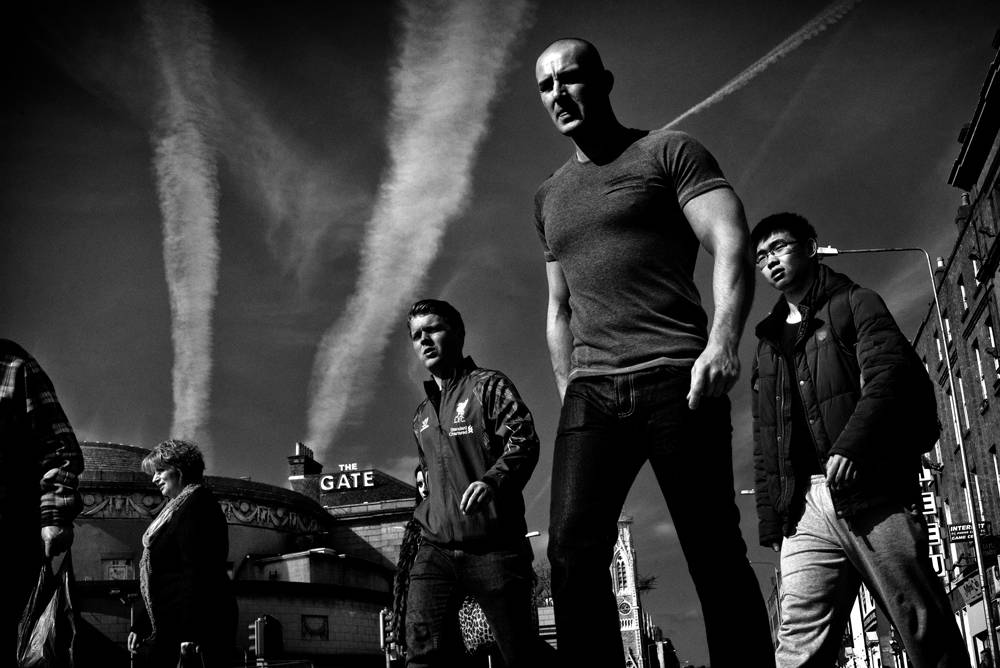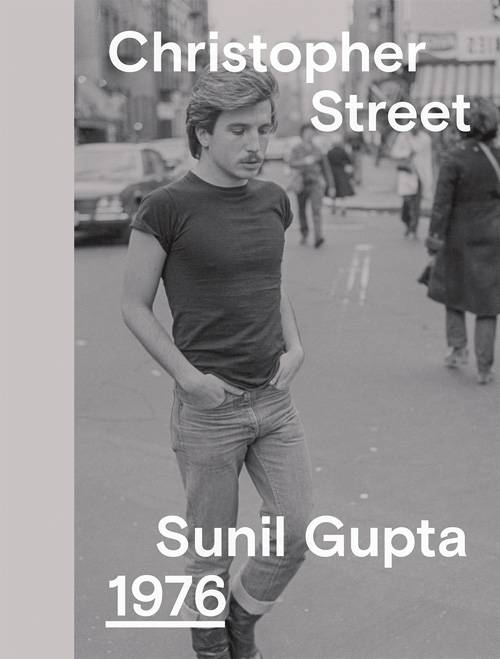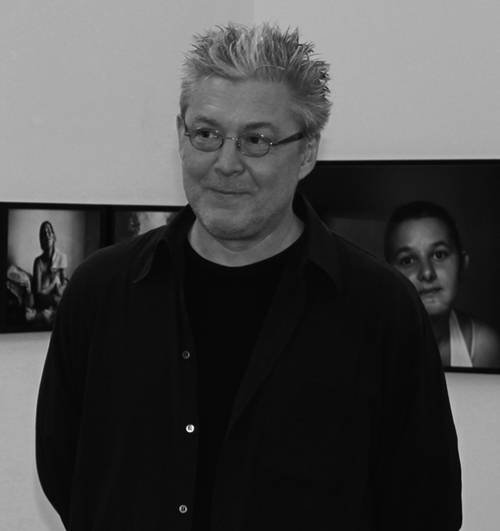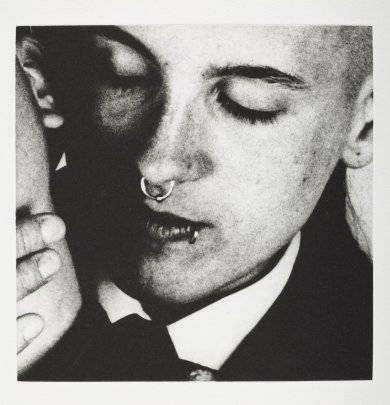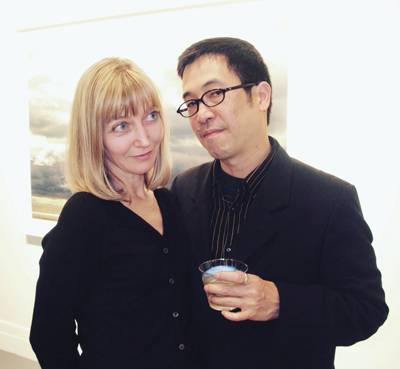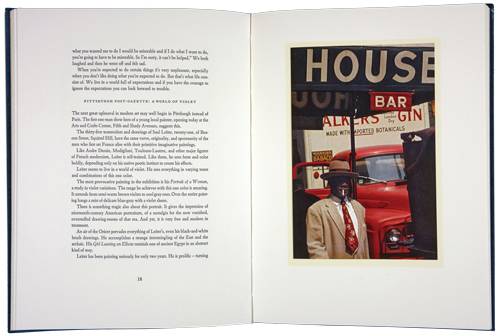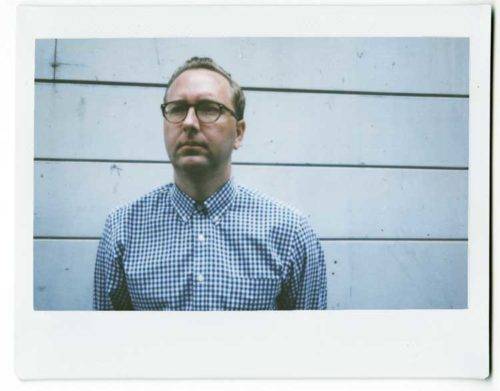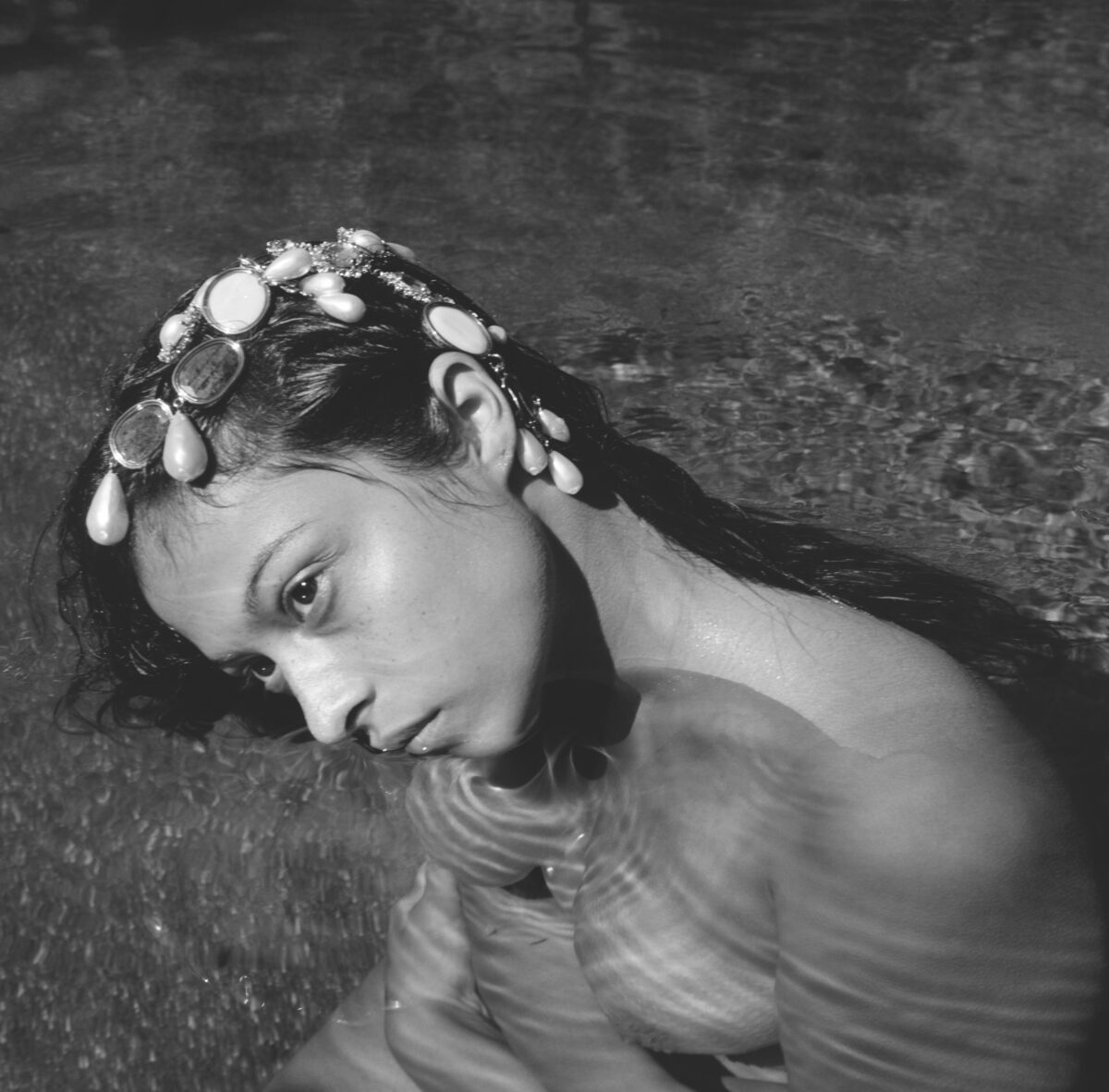Eamonn Doyle is a street photographer, but he took a circuitous route to get there. After graduating from art school in 1991 with a degree in photography, he spent the next 20 years producing music – he founded independent record labels (D1 Recordings and Dead Elvis) and started DEAF, the Dublin Electronic Arts Festival. In 2008, he returned to photography, and his first project was a study of gritty O’Connell Street in Dublin, where he lives.
During the two decades he had been away from taking pictures, his way of looking at photographs changed. In art school, he had admired edgy black-and-white photography – William Klein, Robert Frank, Josef Koudelka. But for the first chapter of what would become a three-part chronicle of Dublin, he decided to work in color. It suited his post-music state of mind – looser and more open. He photographed mostly elderly and frail passersby, often from above, street details stripped away. Together with Niall Sweeney, the designer with whom he has collaborated on all his projects since the ‘90s, he self-published a beautiful, Zen-like book, i, which Martin Parr called the best street photography book in a decade.
Changing gears for the next book in his trilogy, On is in harsh black and white. It is confrontational, charged with energy. Doyle shows us North Dublin, with its poor, drug- and crime-riddled O’Connell Street. His images capture the pulse of daily life close up. Like i, in a limited edition of 750, On, published in a limited edition of 999, is self-produced; both are sold out. End, the last part of his trilogy, assembles a mixture of images, old and new, often fractured. A collaboration with Niall Sweeney and David Donohoe, it includes photographs, drawings, and a vinyl record of haunting instrumental music. These various elements, sometimes unifying, sometimes contrasting, are juxtaposed to provocative effect. In collaboration with Sweeney and Donohoe, it is Doyle’s most revolutionary book, interdisciplinary, a treasure trove of separate elements.
For Doyle, taking pictures is only one component in a series of steps to visually engage the viewer. He loves making books, as the physical presentation of his work is essential to him. With each new volume, he moves further away from traditional photo books, which focus on visual storytelling in images only, by using overlays, fold-outs, a cd, and various other kinds of artwork and graphics. His three books together create a visceral, multidimensional chronicle of modern Dublin.

